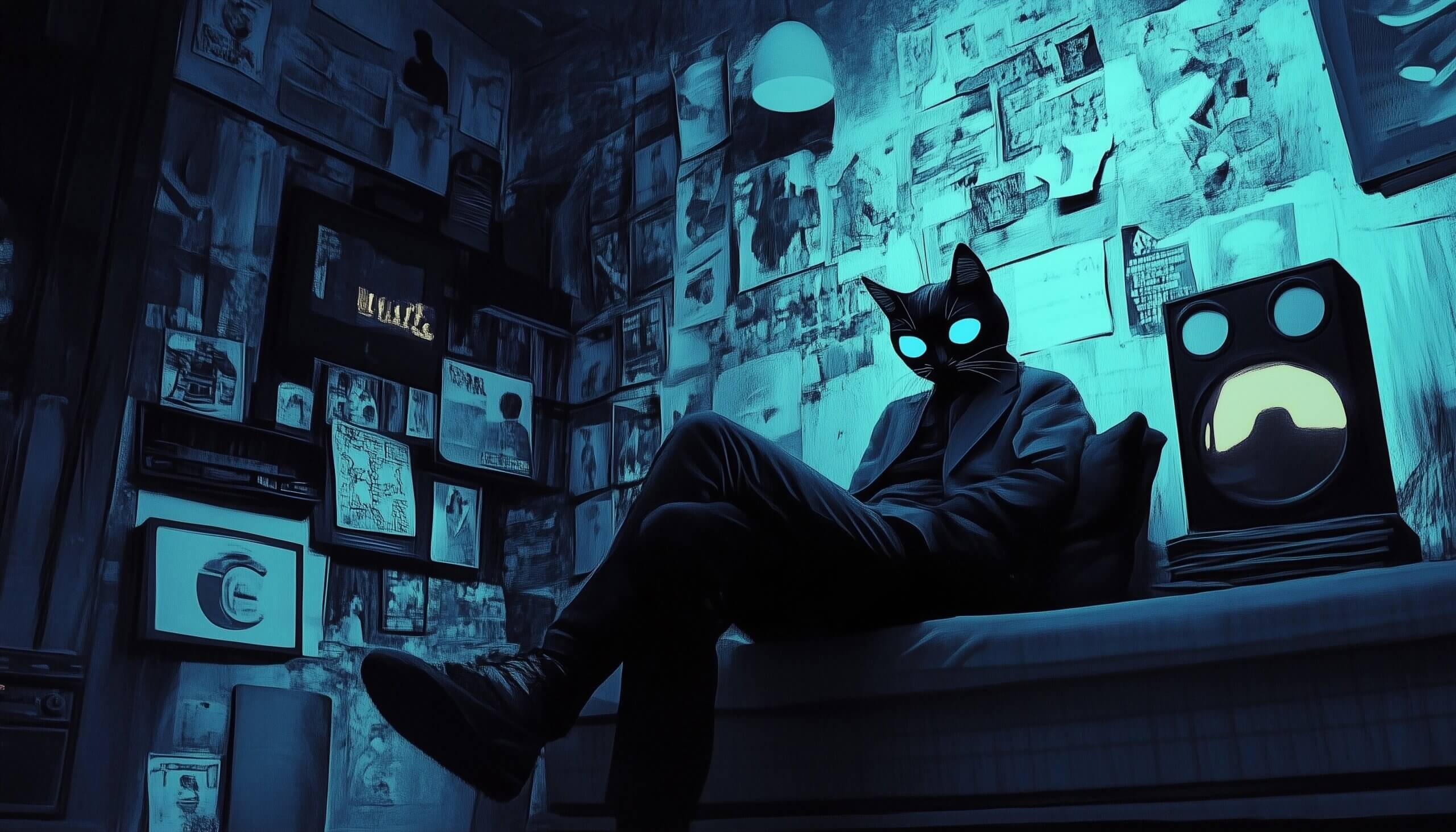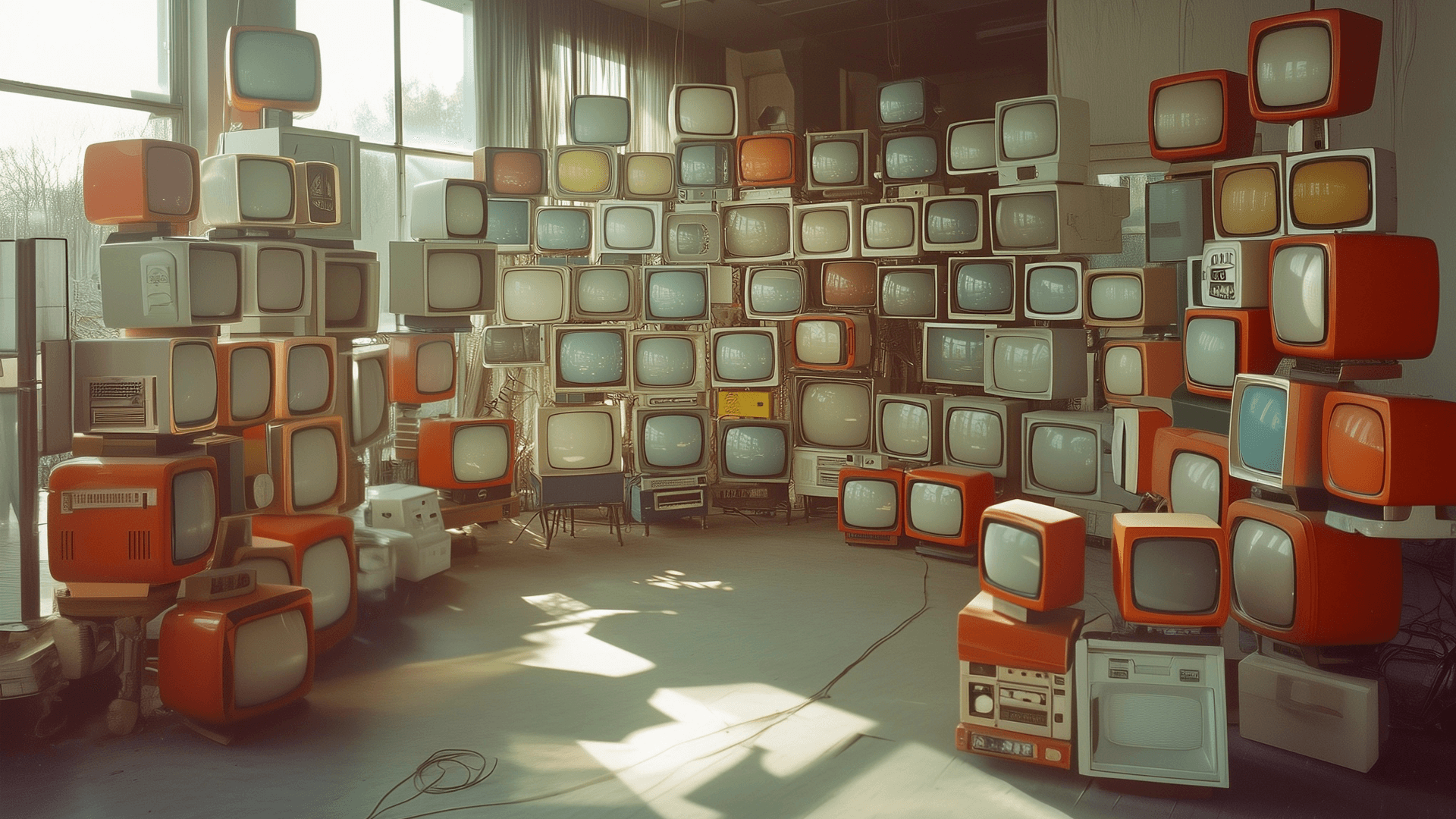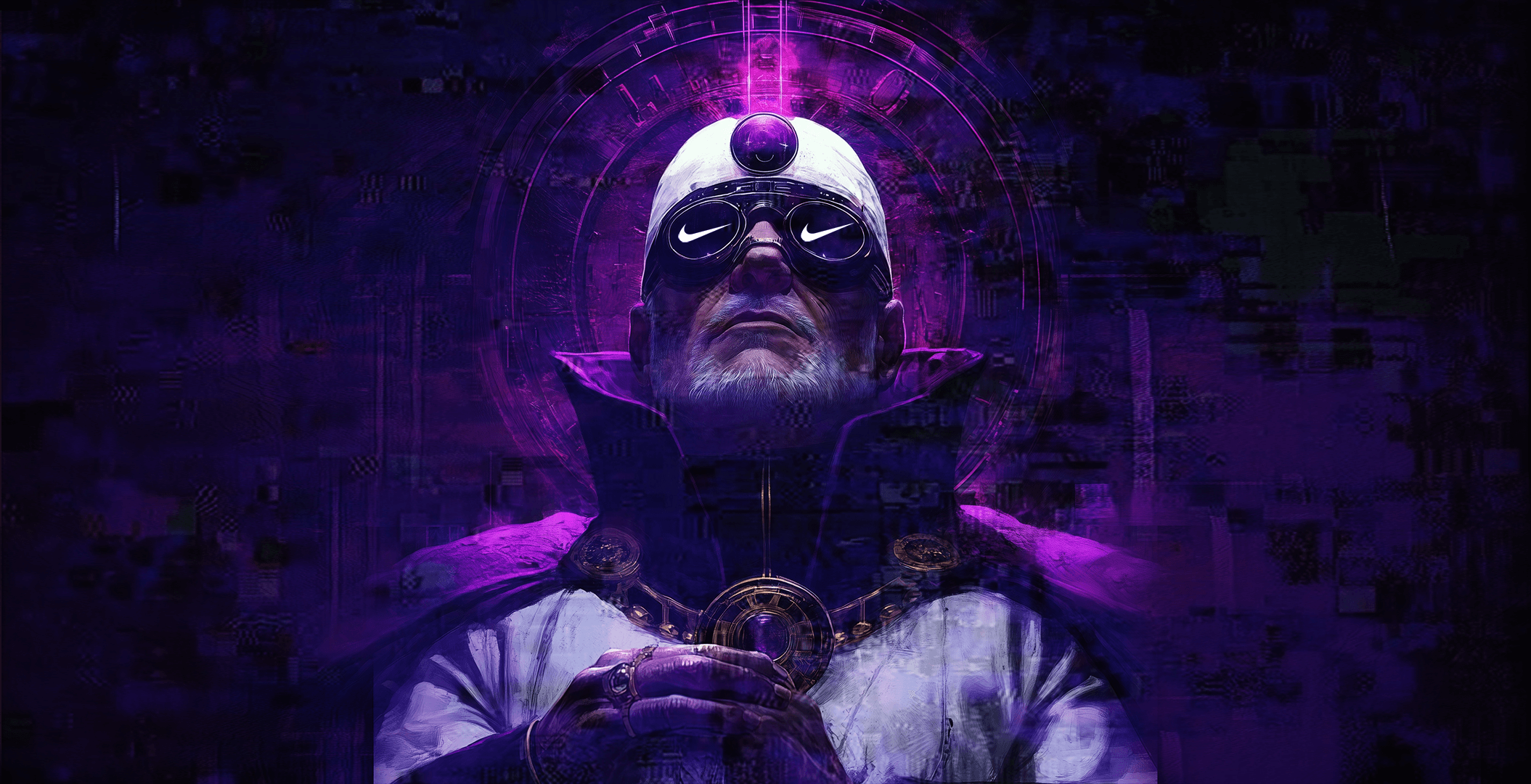Just as tech changed the way music is distributed; AI is changing how advertising is created. New capabilities are being added daily, and the quality is so good that you can see where this is all heading: soon, you won’t have to pay for anything that you used to have to pay creative talent for: photos, videos, copywriting, etc. I realize this isn’t a groundbreaking statement, but it has become extremely clear to me with each new post about AI’s generative capabilities for creative and design that we are here. Napster’s technology completely disrupted the music industry, creating a stark before-and-after: Before Napster and After Napster. Advertising and marketing are experiencing it as a series of moments that have now stretched out over months, and soon, years. This slower drip makes it feel less like a dam-breaking moment and more like a leak that is only getting worse no matter how much we wish it wasn’t.
In thinking about Napster and the parallel to music, what did Napster accomplish. Really? At first, a lot. But over time, all it did is shift money from the old players in the music industry to new technology companies. That’s kind of it. Consumers are still finding, enjoying, and paying for access to music in either actual dollars or eyeballs on ad units for the right to listen–even though Napster’s initial intent was for this to no longer be the case. But yes, Napster broke the old music business model. Turned it on its head. Pipelines and plans thrown into disarray. Album sales went down, way down, as people stopped wanting to pay for B-side songs they never had any intention of listening to. Basically, the status quo of how business got done stopped, and a new path forward was needed not just for the business of music to survive, but for the music artists themselves.
In the advertising and marketing industry, we are in the chaotic stage of the Napster Moment. No one can accurately predict what comes next. All we do know is bottom-of-the-funnel digital and social advertising just got A LOT easier to make and distribute, not just for a professional with talent and experience, but for anyone. For example, I saw yet another video this morning on LinkedIn showing how it only took 10 minutes to find some photos and turn them into static image ads, all with a few prompts into an AI machine. The author of the post thought they were amazing ads, and while I couldn’t disagree more, it’s hard to argue with how easy it was to make the ads. To put a finer point on this post and all the posts like it, they all are saying in no uncertain terms, “Now anyone, yes, even you, can make ads for a business. Any business. Big or small. No intrinsic and/or expertly developed talent required. This thing? It only took me mere minutes.” But where does that leave our 100+ year old industry? From my vantage point, it leaves us in a not-great place. A place where there is now an unlimited supply of cheap, easy-to-make, mediocre (at best) advertising that will continue to flood every empty ad unit of every digital and social media platform. We are here. Now. And we will remain here for quite some time.
What about the professional advertising talent and the professional advertising businesses you ask? Or maybe you didn’t ask, but you’ve read this far, so here it goes. It has made the talent in this business expendable. It has made a historically hard business, that much harder. But that doesn’t mean we give up. Just the opposite. What I have always believed, and now believe more than ever, is that, similar to the music business or any professional creative business, talent will win out. It always does. But it will take some time. In happened in music and it will happen in advertising and marketing. Consumers demand excellence. Even if they don’t say it out loud. The old saying in retail rings true here as well. That is, consumers don’t tell how they are feeling, they simply vote with their feet and wallets. When it comes to advertising and marketing consumers want to be entertained. Great advertising and marketing do this. Bad advertising and marketing don’t do this. Let the past shape how you view and build toward the future.
So, what comes next? I don’t know. Honestly, I don’t think anyone knows. I do know I have recently seen some impressive episodic longer-form storytelling work from Cobra Golf that is great and can have a long shelf life if the brand wants it to. This type of advertising can’t be adopted at scale across all mediums, but I appreciate and love that they are trying to do something unique and different. It’s entertaining, enjoyable, and lets me know what Cobra Golf all is about. Great work. We are going to need more and more of this type of different approach, so we are not just stuck telling stories only through the ad units options offered by digital platforms and media companies.
One last thought: Is it just me, or is it strange to everyone else, that with the hundreds of millions if not billions of dollars that have been poured into generative AI to date, that one of the first groundbreaking advancements is putting advertising and marketing professionals out of work. Why? Maybe it is because advertising and marketing and advertising are businesses people care about? Or maybe everyone wants the world to know they too are creative, and this allows them to do that. In the same way everyone wishes they could sing or play the guitar. I firmly believe that, deep down, Sean Parker started Napster because he failed at every musical instrument he tried. Or maybe, just maybe, the AI companies have no idea what they are trying to disrupt and why, and advertising and marketing was the easiest path to show progress. Whatever the answer, those of us still here living and working in the advertising and marketing business need to find our way through to get back to the moment where the talent is not only selling out venues but selling music outside those venues for a fair price to the audiences that want it.





